Field producers wear many hats in journalism. They pitch, write, edit, organize logistics and work out issues in real time on a news shoot. In other words, they make sure the news gets made.
“A field producer is really responsible for the entire shoot, from start to finish, from setting up through the end result,” NBC News field producer Shanshan Dong said. “You do the planning. You work out the execution. You are there to make sure everything runs smoothly, and to step up when there are problems and fix them.”
NBCU Academy followed Dong as she planned a story with NBC News correspondent Gadi Schwartz, photojournalist Carlos Huazano and audio engineer Ramon Lupercio, interviewed subjects and directed the shoot. Watch the video above and read her tips below on the basics of field producing.




How do you prepare for a field shoot?
Besides briefing your crew and your correspondent on what to expect, you also want to write it up in a summary (called a production note). A production note is a layout of everything you’ve been doing in your head, put down on paper, from the scheduling to locations. Sometimes, I even like to throw in the weather, in case it’s going to be rainy.
You want to think about how your crew members are going to set up, what camera gear they’re going to need, how many audio sources there are, what it’s going to look like and what you want it to look like. You want to make sure they know about timing. You want to make sure they know about location, getting in and out and how that’s going to work, and also the nature of the story.
It’ll also include background information about the people we’re interviewing and potential questions to ask.
What is the most important thing to do before a shoot?
It’s really important to be prepared. Really good producers are ready for anything. You make a plan and then, in the back of your head, you have a backup plan and then, in the back of that head, you have another backup plan. Whatever goes wrong, you know what you can do next and you’re prepared for everything.
How do you choose a location for an interview?
You shouldn’t do your interviews where there’s a lot of background noise. You want to think out what would be best visually but also you want to think about it editorially and what makes sense. You ideally don’t want a conference room with white walls because there’s no depth there. There’s also nothing there that tells you where you are… you could be anywhere.
What are you looking for when you go through footage to put a story together?
I’m looking for the best sound bites and I’m also listening for the best nats (natural audio) because nats bring depth to a story. You want to make a note of, “Oh, hey, here’s a good moment,“ and then pepper those throughout when you’re scripting.
The reporter track (narration) is really to weave together the best sound, both the nets and the sound bites from your interviews.
No one knows the footage better than you because you are the one who was there when it happened, who produced it. You have the best understanding of what the best material is.
What tips do you have for someone who wants to become a field producer?
Look after your crew, learn lots of skills, be adaptable and take on any challenges.









